Home>Others>Eco-Friendly Products>How To Stop A Compost Bin From Smelling
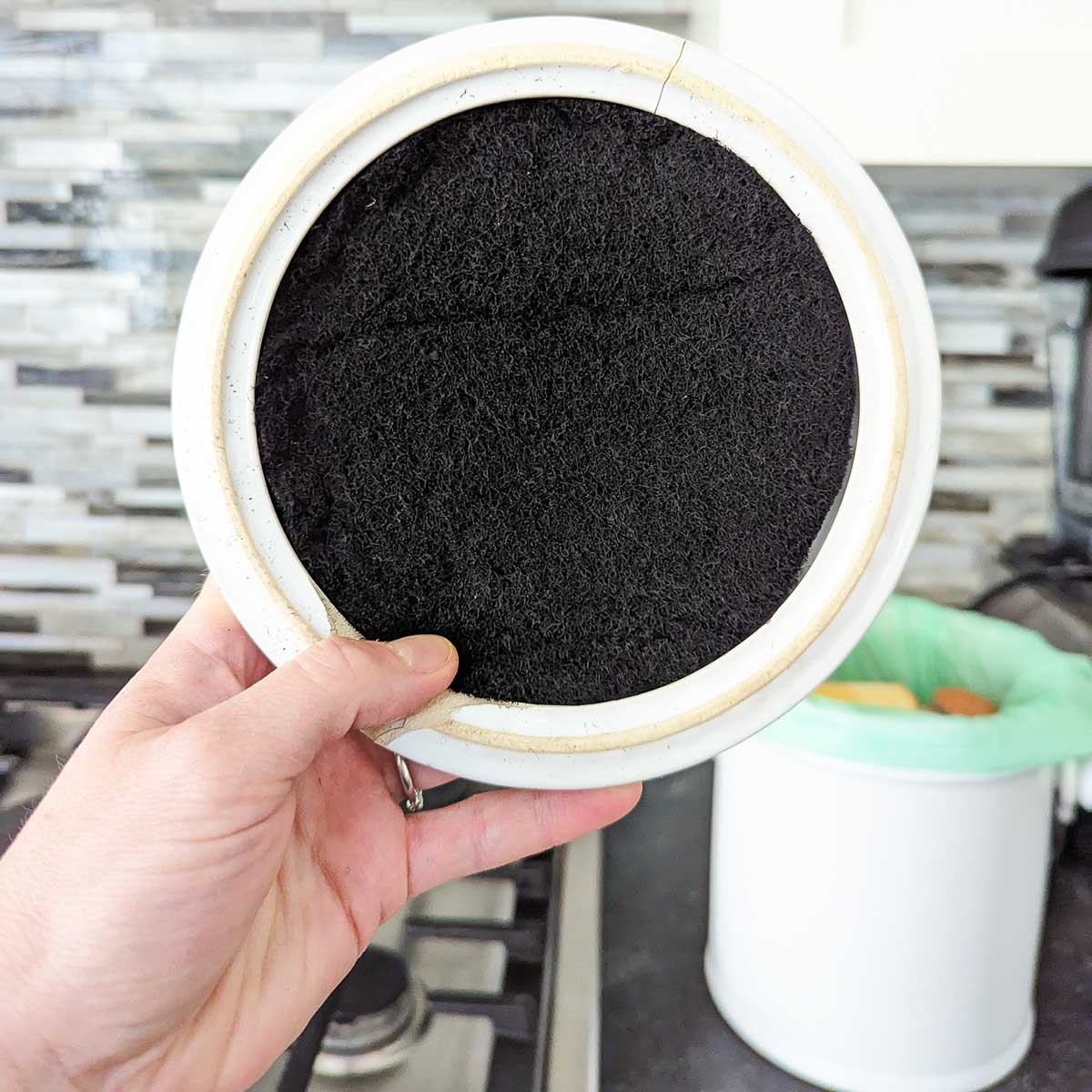

Eco-Friendly Products
How To Stop A Compost Bin From Smelling
Modified: August 16, 2024
Learn how to prevent your compost bin from emitting unpleasant odors with eco-friendly products and simple maintenance tips. Keep your composting process efficient and odor-free!
(Many of the links in this article redirect to a specific reviewed product. Your purchase of these products through affiliate links helps to generate commission for Storables.com, at no extra cost. Learn more)
Introduction
Composting is a fantastic way to reduce waste and create nutrient-rich soil for your garden. However, one common challenge that compost enthusiasts encounter is dealing with unpleasant odors emanating from their compost bins. The last thing you want is for your composting efforts to result in a smelly nuisance.
In this comprehensive guide, we will delve into the causes of compost bin odor and provide practical tips to prevent and eliminate unpleasant smells. By understanding the factors contributing to the odor and implementing effective odor-control strategies, you can maintain a pleasant composting experience while reaping the benefits of this eco-friendly practice.
Whether you're a seasoned composter or just starting out, this article will equip you with the knowledge and techniques to keep your compost bin smelling fresh and earthy, allowing you to focus on the rewarding aspects of turning kitchen scraps and yard waste into "black gold" for your garden. Let's dive in and learn how to stop a compost bin from smelling!
Key Takeaways:
- Keep your compost bin smelling fresh by balancing green and brown materials, managing moisture levels, and implementing proper aeration techniques. This will create a healthy, odor-free environment for efficient composting.
- Utilize activators and accelerators, troubleshoot common smell issues, and maintain a balanced composting routine to prevent and address odor challenges. Embrace sustainable waste management while enjoying the benefits of composting.
Understanding the Causes of Compost Bin Odor
Compost bin odor can arise from a variety of factors, and understanding these root causes is crucial for effectively combating unpleasant smells. Here are the primary contributors to compost bin odor:
- Inadequate Aeration: When organic materials in the compost pile lack proper aeration, anaerobic bacteria thrive, leading to the production of foul-smelling compounds such as hydrogen sulfide and ammonia.
- Excessive Moisture: If the compost pile becomes overly wet, it creates an environment conducive to anaerobic decomposition, resulting in putrid odors. Additionally, excess moisture can impede airflow, compounding the issue of inadequate aeration.
- Imbalanced Carbon and Nitrogen Ratio: A disproportionate ratio of "green" nitrogen-rich materials (such as food scraps and grass clippings) to "brown" carbon-rich materials (such as dry leaves and straw) can lead to anaerobic conditions and malodorous emissions.
- Insufficient Activators: Without the presence of sufficient microbial activators or accelerators, the breakdown of organic matter may slow down, allowing odorous compounds to accumulate.
By recognizing these underlying causes, you can take targeted measures to address each issue and effectively mitigate compost bin odor. In the subsequent sections, we will explore practical strategies to prevent and manage these odor-causing factors, allowing you to maintain a harmonious and odor-free composting environment.
Tips for Preventing Compost Bin Smells
Preventing unpleasant odors in your compost bin involves a combination of proactive measures and attentive management. By implementing the following tips, you can maintain a fresh and odor-free composting environment:
- Properly Manage Moisture Levels: Maintaining the right moisture balance is crucial for odor control. Regularly monitor the moisture content of your compost pile, aiming for a damp, sponge-like consistency. If the pile is too wet, turn it to facilitate drying. Conversely, if it’s too dry, moisten the materials with a sprinkling of water.
- Balance Green and Brown Materials: Achieve a balanced carbon-to-nitrogen ratio by combining "green" materials (e.g., vegetable scraps, coffee grounds) with "brown" materials (e.g., dry leaves, shredded paper). This balance fosters aerobic decomposition and minimizes odor generation.
- Implement Proper Aeration Techniques: Regularly turn or aerate the compost pile to introduce oxygen and prevent anaerobic conditions. This discourages the production of malodorous compounds while promoting efficient decomposition.
- Utilize Activators and Accelerators: Introduce compost activators, such as high-nitrogen materials or specialized microbial inoculants, to kick-start decomposition and deter odor-causing anaerobic processes.
- Utilize Proper Layering: Layering green and brown materials in the compost bin facilitates airflow and promotes balanced decomposition, reducing the likelihood of foul odors.
- Monitor and Adjust: Regularly monitor the compost pile’s temperature, moisture, and odor. Adjust your composting practices as needed to maintain optimal conditions and mitigate odor issues.
By incorporating these preventive measures into your composting routine, you can effectively mitigate the factors that contribute to compost bin odors, ensuring a pleasant and efficient composting process.
Managing Moisture Levels
Maintaining proper moisture levels is essential for preventing foul odors in your compost bin. Excessively wet conditions can lead to anaerobic decomposition, resulting in unpleasant smells. Conversely, a dry pile can impede microbial activity and hinder the composting process. Here are practical tips for managing moisture levels in your compost:
- Assess Moisture Content: Regularly assess the moisture content of your compost pile by squeezing a handful of materials. Ideally, the compost should feel like a damp sponge – moist but not dripping wet.
- Turn the Pile: If you notice excessive moisture, turn the compost pile to aerate it and facilitate evaporation. This helps to balance the moisture levels and prevent anaerobic conditions.
- Add Dry Materials: Incorporate dry, carbon-rich materials such as shredded paper, straw, or dry leaves to absorb excess moisture and improve airflow within the pile.
- Use a Cover: Consider covering your compost bin with a tarp or lid to shield it from heavy rain and prevent excessive moisture accumulation.
- Monitor Weather Conditions: Be mindful of weather patterns and adjust your composting practices accordingly. During rainy periods, take proactive measures to protect your compost pile from becoming waterlogged.
- Adjust Watering Practices: If your compost pile is too dry, lightly moisten the materials with a watering can or hose. Add water gradually, ensuring that the moisture is distributed evenly throughout the pile.
By actively managing moisture levels and maintaining a balanced composting environment, you can effectively prevent the development of foul odors and promote the decomposition of organic materials in a healthy, aerobic manner.
Balancing Green and Brown Materials
Ensuring a harmonious balance of green and brown materials is essential for controlling compost bin odors and fostering efficient decomposition. Green materials, rich in nitrogen, include kitchen scraps, grass clippings, and coffee grounds, while brown materials, high in carbon, encompass dry leaves, straw, and shredded paper. Achieving the right mix of these components is key to odor prevention. Here’s how to balance green and brown materials effectively:
- Follow the 3:1 Ratio: Aim for a carbon-to-nitrogen ratio of approximately 30 parts carbon to 1 part nitrogen. This balanced ratio supports aerobic decomposition and minimizes the risk of odorous anaerobic conditions.
- Layer Materials: Alternate layers of green and brown materials in your compost bin to create a well-mixed, aerated environment. This layering promotes airflow and facilitates the breakdown of organic matter.
- Shred or Chop Large Pieces: To expedite decomposition and blend green and brown materials effectively, shred or chop large pieces of organic waste before adding them to the compost pile.
- Monitor the Balance: Regularly assess the composition of your compost materials to ensure an appropriate mix of green and brown components. Adjust the ratio as needed to maintain optimal conditions.
- Utilize Diverse Ingredients: Incorporate a variety of green and brown materials to introduce a broad spectrum of nutrients and microorganisms, promoting robust and odor-free decomposition.
- Consider Carbon-Rich Amendments: If the compost appears overly wet or emits odors, introduce additional carbon-rich materials to rebalance the pile and absorb excess moisture.
By conscientiously managing the balance of green and brown materials in your compost bin, you can create an environment that supports aerobic decomposition, minimizes odors, and yields high-quality compost for your gardening endeavors.
To stop a compost bin from smelling, make sure to balance the green (nitrogen-rich) and brown (carbon-rich) materials. Stir the compost regularly to aerate it and add a layer of dry leaves or shredded paper to absorb excess moisture and odors.
Proper Aeration Techniques
Effective aeration is vital for maintaining a healthy composting environment and preventing foul odors. Adequate airflow facilitates aerobic decomposition, minimizing the risk of anaerobic conditions that lead to unpleasant smells. Here are essential techniques for ensuring proper aeration in your compost bin:
- Regular Turning: Turn your compost pile regularly using a pitchfork or compost aerator to introduce oxygen and redistribute materials. This process prevents compaction and encourages aerobic microbial activity.
- Create Air Passages: Incorporate coarse, bulky materials such as twigs or straw into the compost pile to create natural air channels. These passages enhance airflow and prevent the formation of anaerobic pockets.
- Utilize Ventilation Tubes: Install PVC pipes or perforated tubes in the compost pile to facilitate air circulation. These tubes serve as conduits for oxygen, promoting aerobic decomposition throughout the pile.
- Layer for Aeration: Alternate layers of coarse and fine materials to promote natural ventilation within the compost bin. Coarse materials, such as straw or small branches, create air gaps that enhance aeration.
- Monitor Moisture Content: Ensure that the compost pile maintains optimal moisture levels, as excessive moisture can impede airflow. Proper moisture management complements aeration efforts in preventing anaerobic decomposition.
- Utilize Compost Tumblers: If using a compost tumbler, rotate the drum regularly to aerate the materials thoroughly. This tumbling action introduces oxygen and blends the compost, promoting uniform decomposition.
By employing these aeration techniques, you can foster a well-ventilated composting environment that supports aerobic decomposition, minimizes odors, and accelerates the transformation of organic waste into nutrient-rich compost for your garden.
Using Activators and Accelerators
Compost activators and accelerators play a valuable role in kick-starting the decomposition process, enhancing microbial activity, and mitigating compost bin odors. These additives introduce beneficial microorganisms and essential nutrients, expediting the breakdown of organic materials. Here’s how to effectively utilize activators and accelerators in your composting endeavors:
- High-Nitrogen Additives: Incorporate high-nitrogen materials such as fresh grass clippings, manure, or blood meal to infuse the compost pile with essential nutrients and stimulate microbial growth. These nitrogen-rich additives serve as potent activators, fostering rapid decomposition.
- Microbial Inoculants: Utilize specialized microbial inoculants or compost starter kits containing beneficial bacteria and fungi. These inoculants introduce diverse microbial populations to the compost, enhancing its decomposition capacity and minimizing odor generation.
- Compost Tea Application: Apply compost tea – a liquid solution derived from steeping compost in water – to the compost pile. Compost tea serves as a natural fertilizer and microbial stimulant, bolstering the composting process and suppressing odorous compounds.
- Mineral Amendments: Introduce mineral amendments such as rock phosphate or agricultural lime to optimize pH levels and provide essential minerals for microbial activity. These amendments contribute to a healthy, odor-free composting environment.
- Regular Application: Incorporate activators and accelerators into the compost pile at regular intervals, especially when introducing new materials. This consistent application ensures ongoing microbial vitality and efficient decomposition.
- Utilize Composted Material: Introduce finished compost from a previous batch as an accelerator for new compost. The active microbial community in the mature compost jumpstarts decomposition in the fresh materials, reducing odors and expediting the process.
By harnessing the potential of activators and accelerators, you can invigorate the composting process, diminish odors, and cultivate nutrient-rich compost for enriching your garden soil and nurturing vibrant plant growth.
Troubleshooting Common Smell Issues
Despite your best efforts, occasional odor issues may arise in your compost bin. Understanding and addressing these common smell-related challenges is essential for maintaining a pleasant composting environment. Here are effective troubleshooting strategies for mitigating common smell issues in your compost:
- Identify the Odor: Determine the specific nature of the odor emanating from your compost. A putrid, sulfurous smell may indicate anaerobic decomposition, while an ammonia-like odor can signal excessive nitrogen levels. Understanding the odor’s characteristics guides targeted intervention.
- Adjust Moisture Levels: If the compost smells overly sour or rancid, it may indicate excessive moisture. Turn the pile to enhance aeration and incorporate dry materials to absorb the excess moisture, rebalancing the pile for optimal decomposition.
- Balance the Carbon-to-Nitrogen Ratio: An overpowering ammonia scent suggests an imbalanced carbon-to-nitrogen ratio. Introduce carbon-rich materials such as dry leaves or sawdust to rectify the imbalance and mitigate the ammonia odor.
- Enhance Aeration: Foul odors stemming from anaerobic conditions necessitate improved aeration. Turn the compost pile more frequently, incorporate coarse materials to create air passages, and monitor moisture levels to promote aerobic decomposition and diminish odors.
- Utilize Odor-Absorbing Amendments: Introduce odor-absorbing materials such as activated charcoal, baking soda, or zeolite to the compost pile to neutralize odors and improve air quality within the bin.
- Monitor Temperature: Elevated temperatures can intensify odors. If the compost pile becomes excessively hot, adjust its size and composition to moderate the temperature and reduce odor emissions.
- Consider Composting in Batches: If persistent odor issues persist, consider composting in separate batches. This approach allows you to identify and address odor-related challenges in specific batches while maintaining an odor-free composting environment in other bins.
By systematically troubleshooting and addressing odor-related issues, you can effectively maintain a fresh, earthy scent in your compost bin, fostering a healthy and productive composting process.
Conclusion
Composting is a rewarding and environmentally responsible practice that empowers individuals to reduce waste and cultivate nutrient-rich soil for gardening. While occasional odor challenges may arise, implementing proactive strategies and troubleshooting techniques can effectively maintain an odor-free composting environment. By understanding the causes of compost bin odor and implementing targeted solutions, you can enjoy a pleasant and efficient composting experience. Here’s a recap of the key takeaways:
- Understanding the causes of compost bin odor, including inadequate aeration, excessive moisture, and imbalanced material ratios, is crucial for effective odor control.
- Preventing compost bin smells involves managing moisture levels, balancing green and brown materials, implementing proper aeration techniques, and utilizing activators and accelerators to promote efficient decomposition.
- Managing moisture levels in the compost pile is essential for preventing anaerobic decomposition and foul odors, requiring regular monitoring and adjustment of moisture content.
- Balancing green and brown materials in the compost bin fosters aerobic decomposition, minimizes odors, and creates a well-aerated environment conducive to efficient composting.
- Proper aeration techniques, such as regular turning, creating air passages, and utilizing compost tumblers, are vital for maintaining a well-ventilated composting environment and preventing foul odors.
- Utilizing activators and accelerators, including high-nitrogen additives, microbial inoculants, and compost tea, can expedite the decomposition process and mitigate compost bin odors.
- Effective troubleshooting of common smell issues, such as adjusting moisture levels, balancing material ratios, and enhancing aeration, is essential for maintaining a pleasant composting environment.
By incorporating these insights and techniques into your composting routine, you can effectively prevent and address odor issues, fostering a healthy and odor-free composting environment. Embracing these practices not only enhances the composting process but also contributes to sustainable waste management and the production of valuable organic matter for gardening and landscaping needs. With a commitment to proactive odor control and a comprehensive understanding of composting principles, you can enjoy the benefits of composting while minimizing unpleasant odors and maximizing the environmental impact of this eco-friendly practice.
Frequently Asked Questions about How To Stop A Compost Bin From Smelling
Was this page helpful?
At Storables.com, we guarantee accurate and reliable information. Our content, validated by Expert Board Contributors, is crafted following stringent Editorial Policies. We're committed to providing you with well-researched, expert-backed insights for all your informational needs.
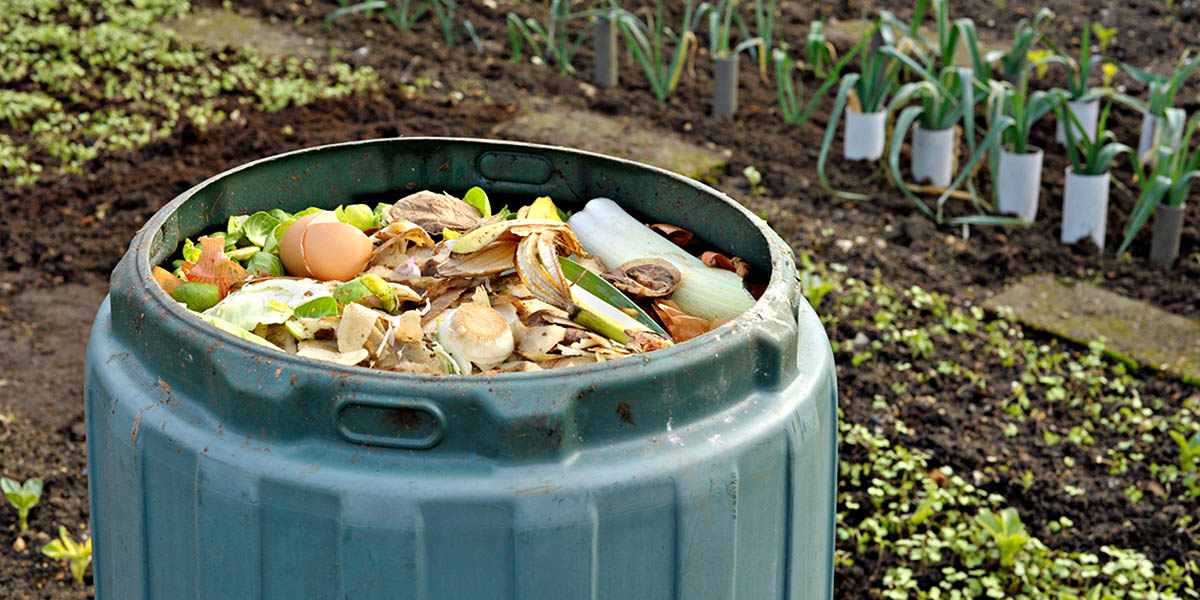

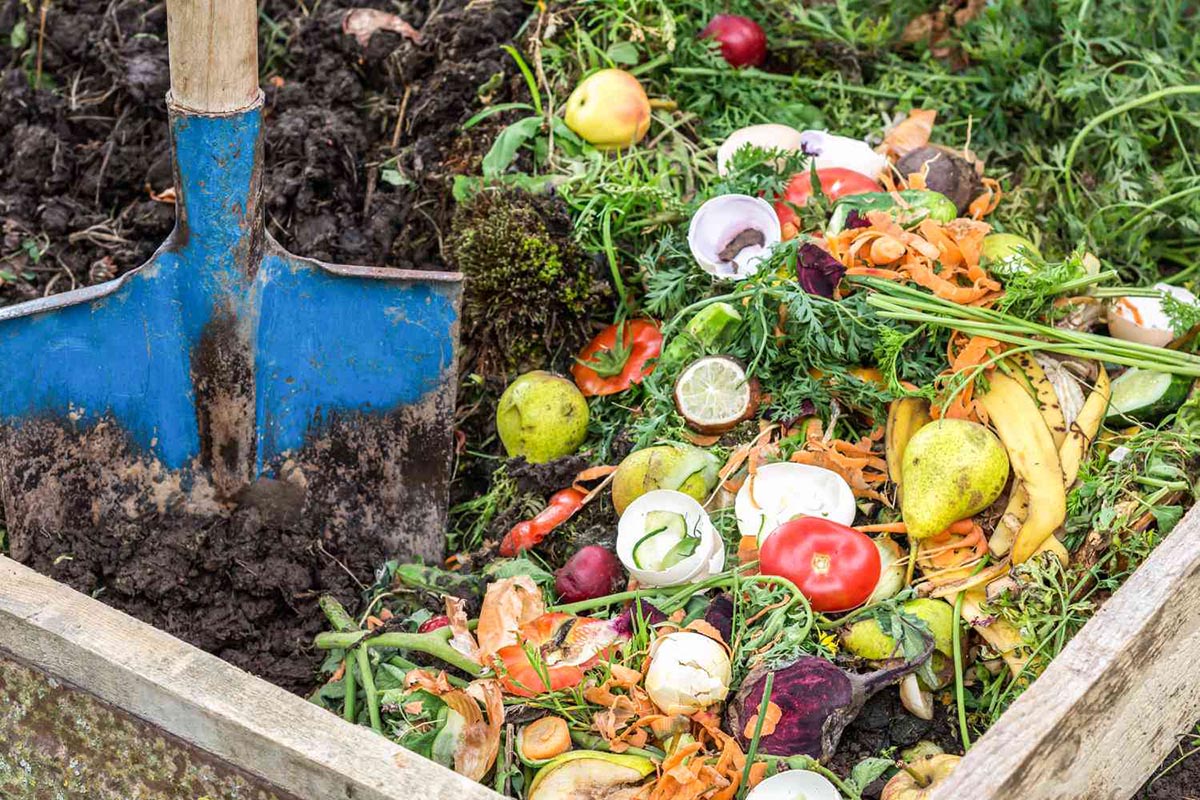
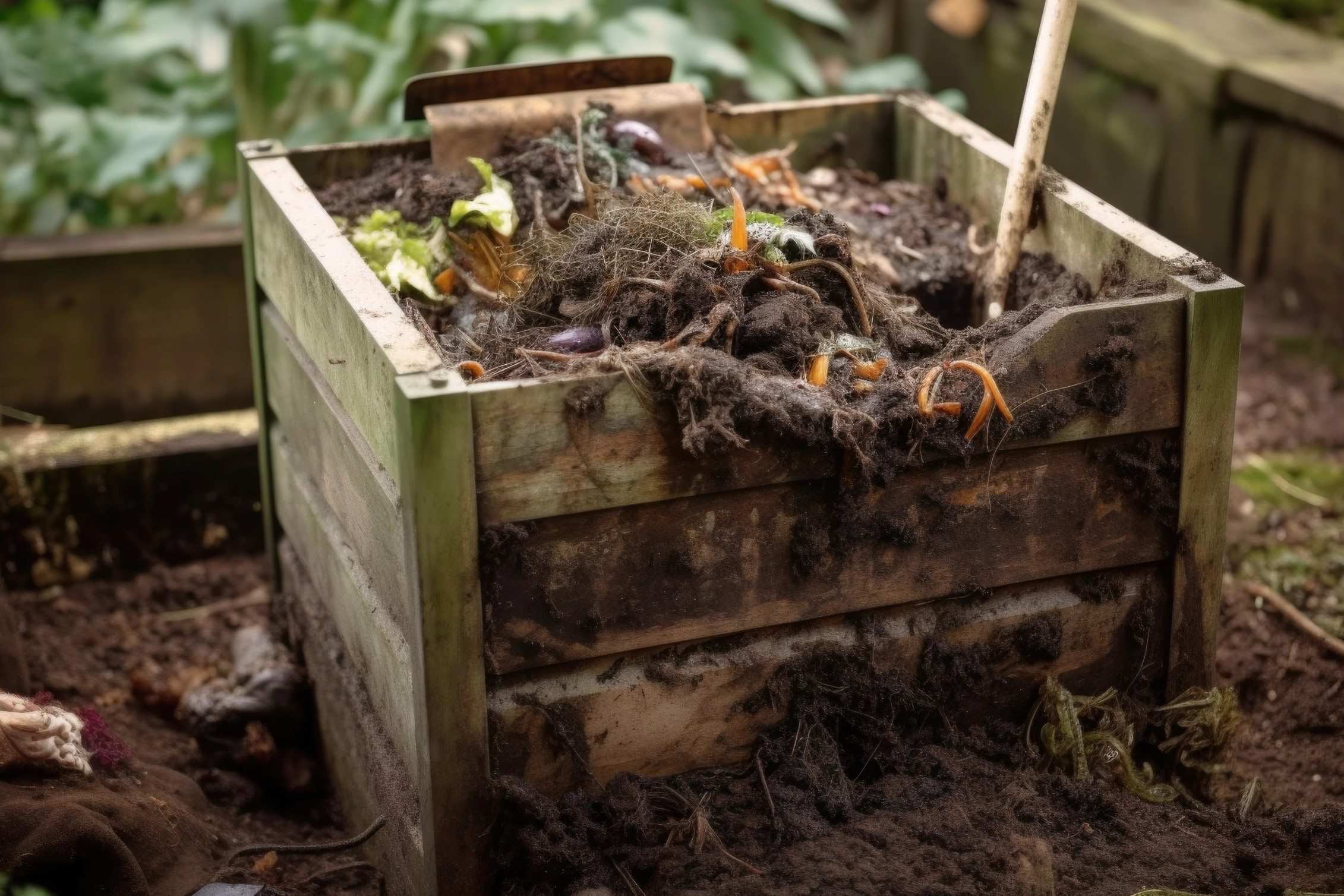
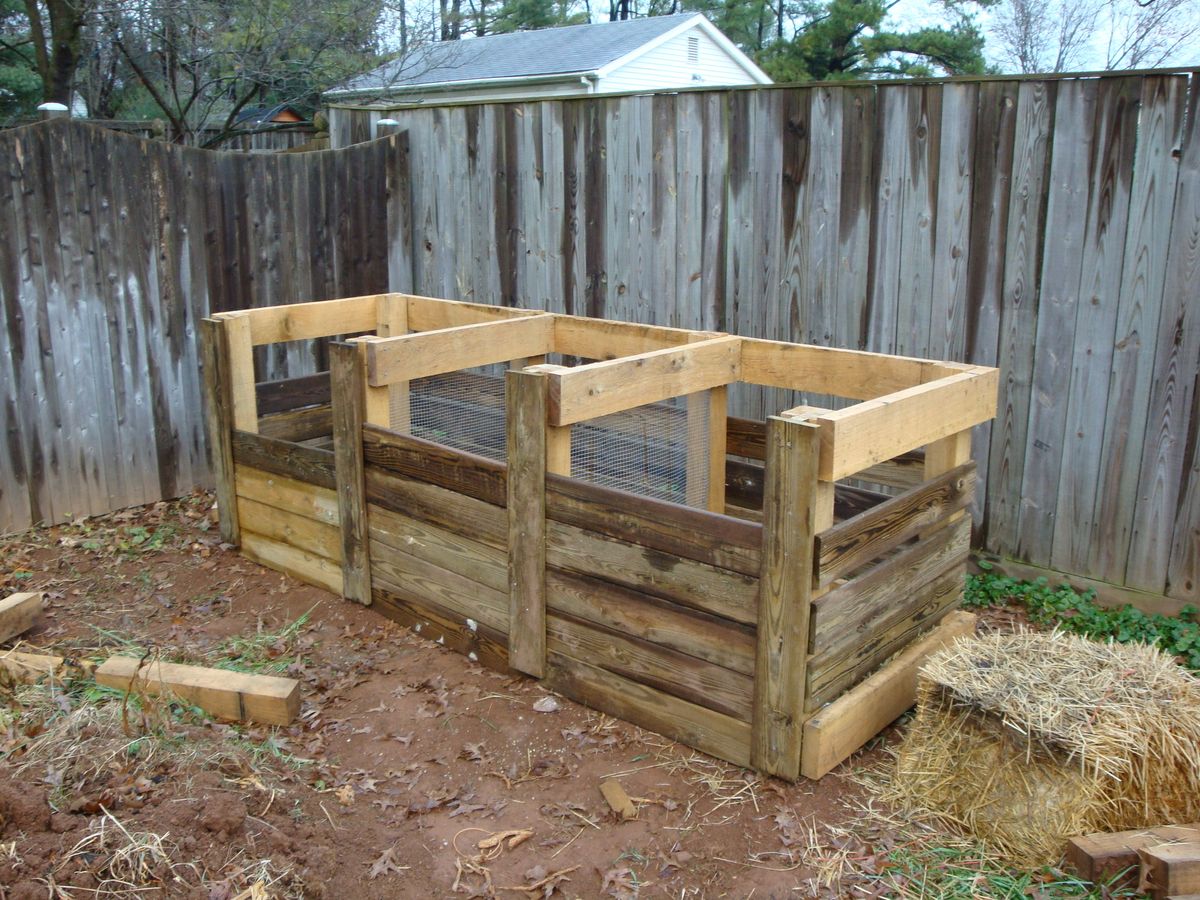
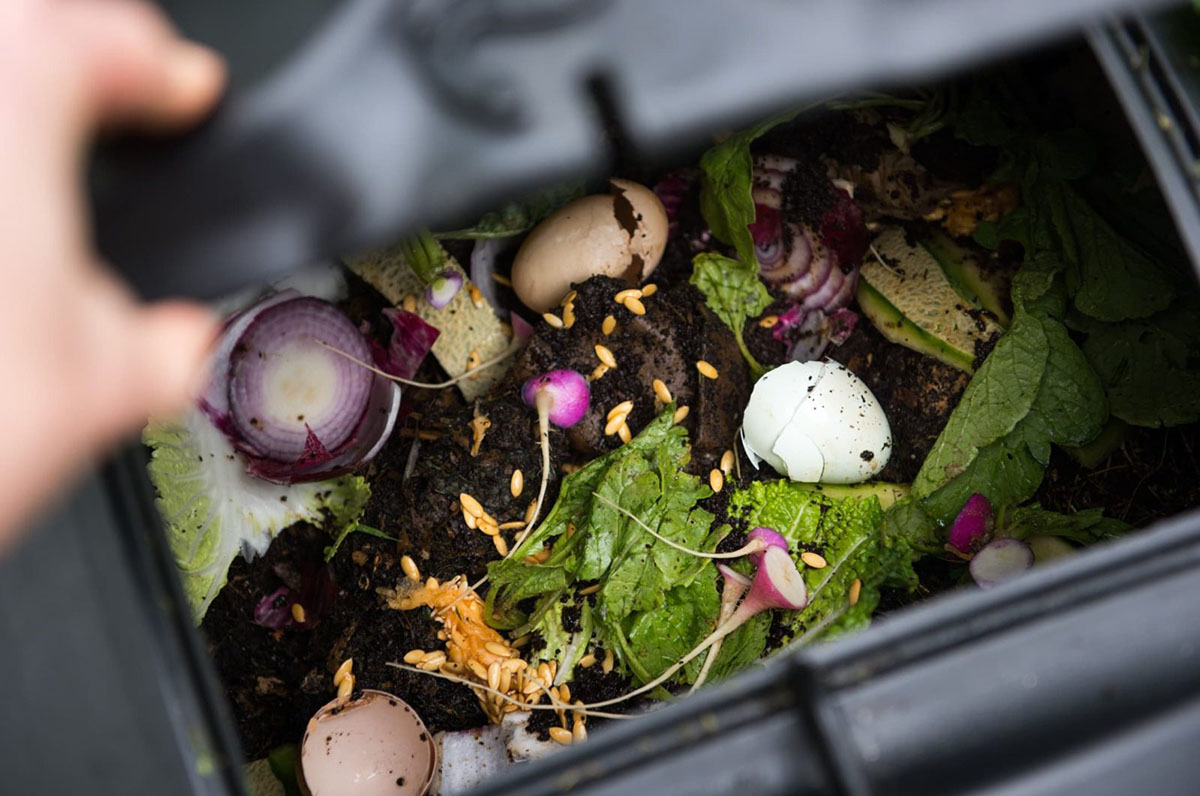
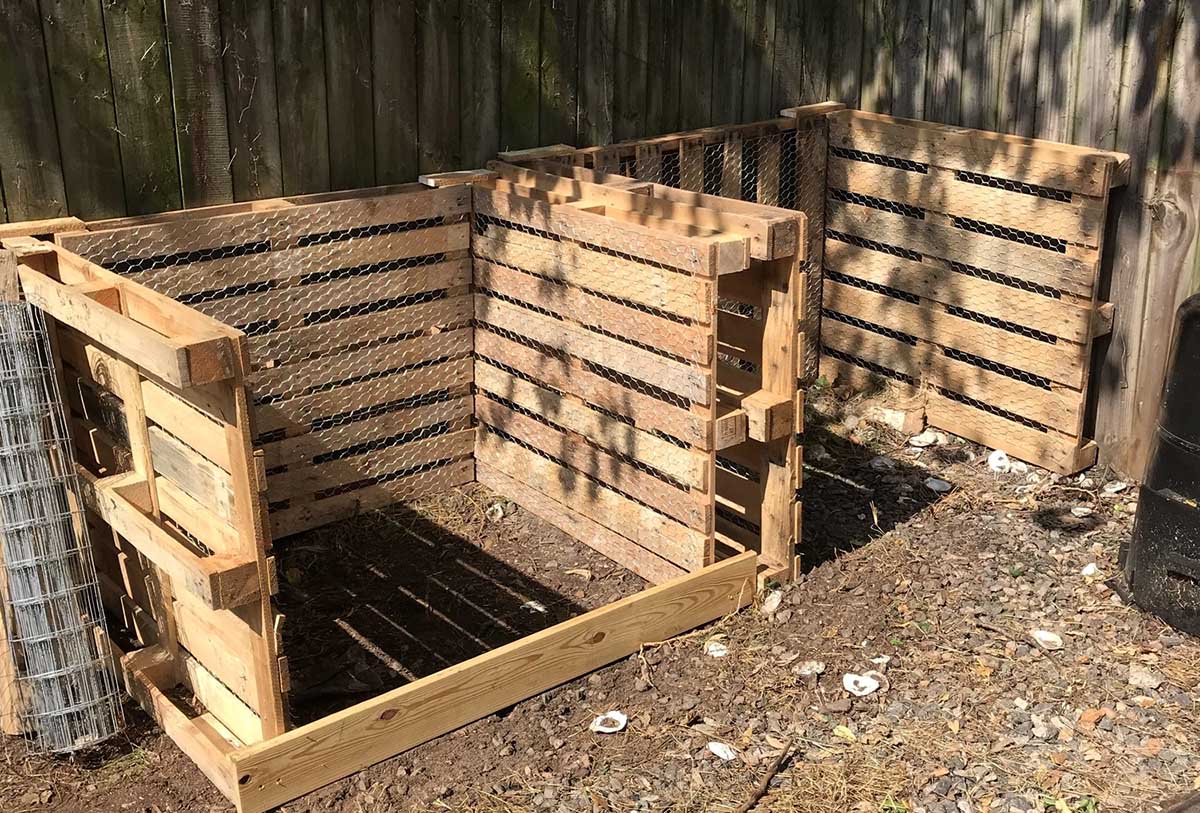
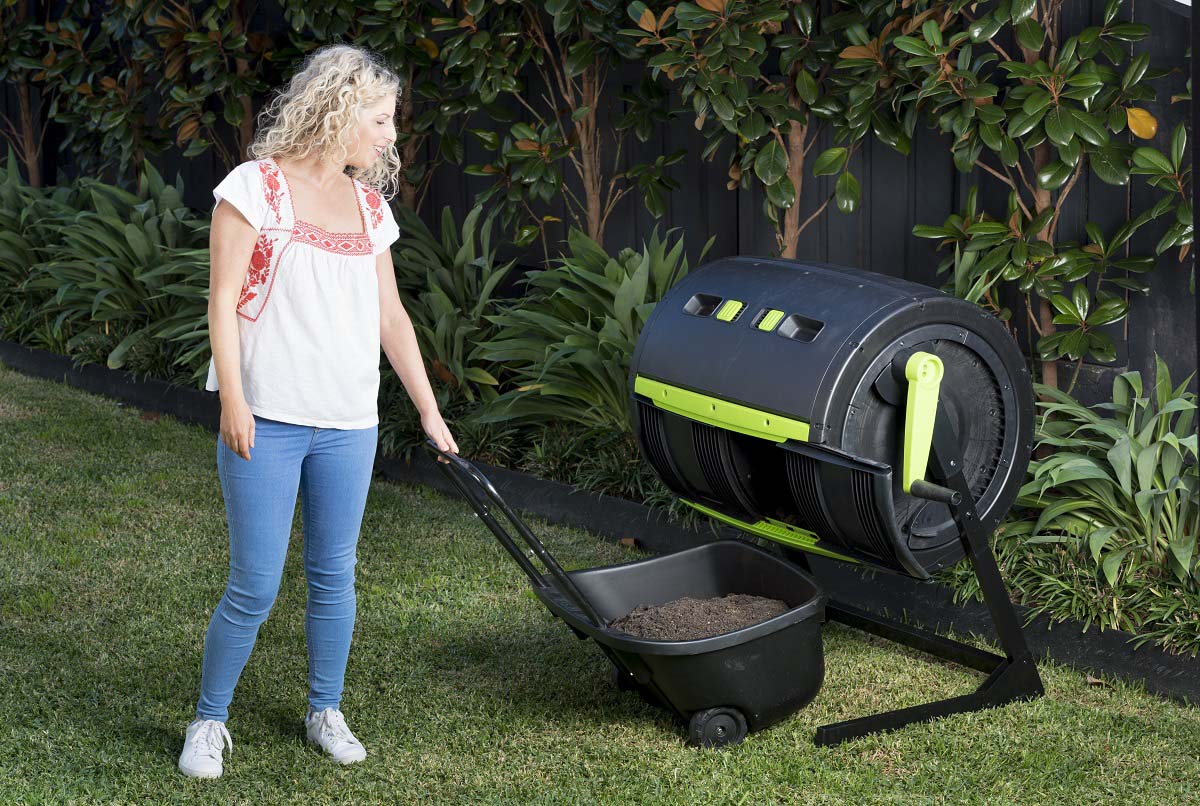

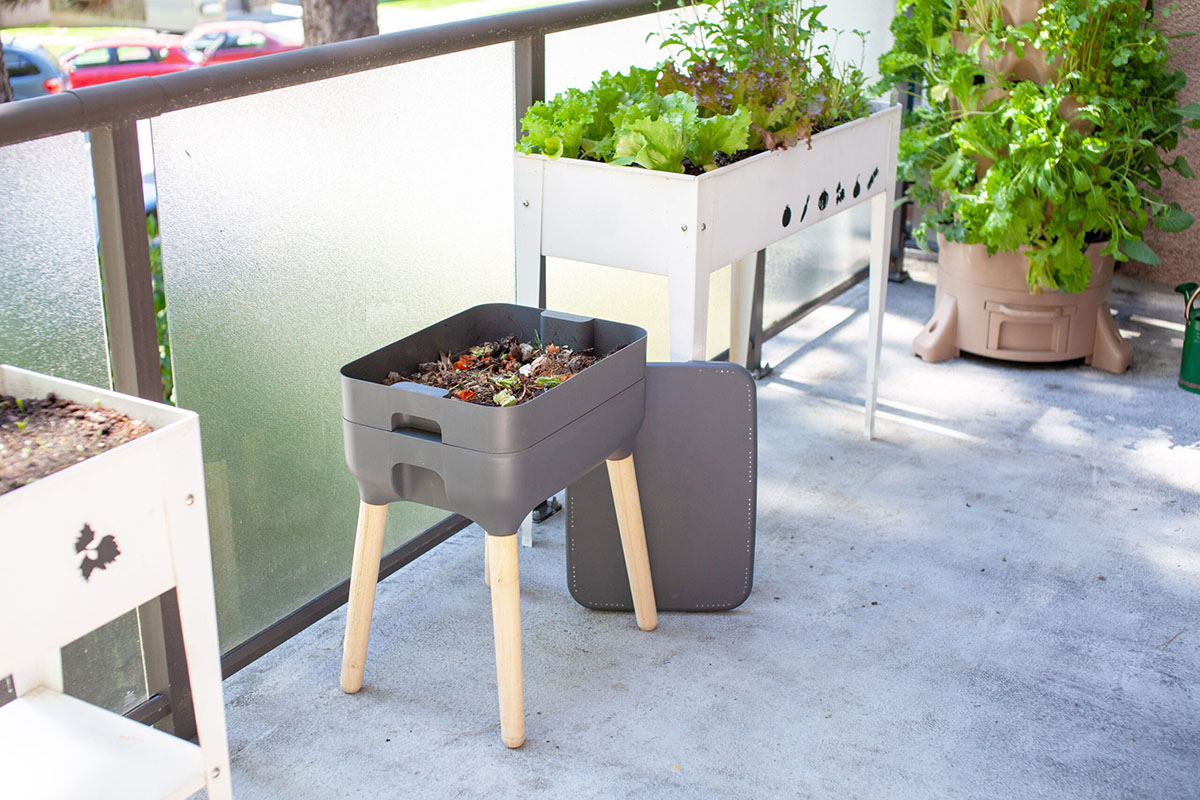

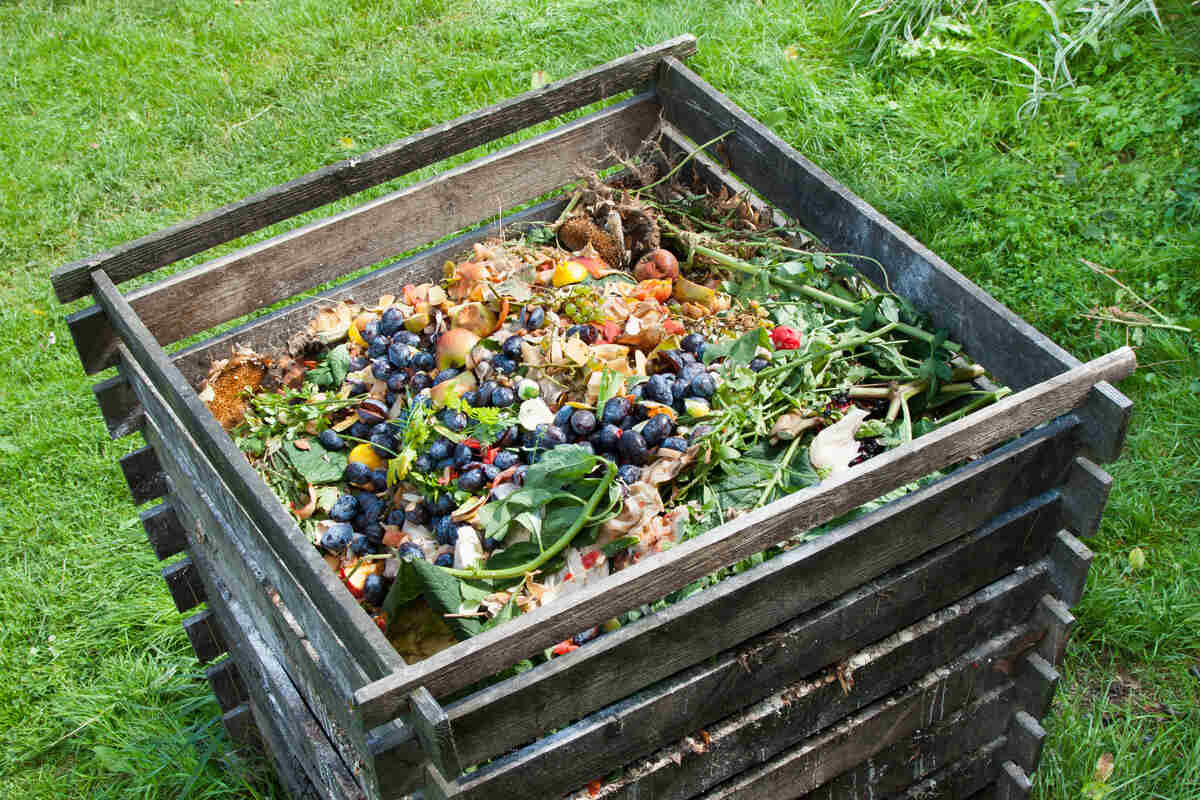
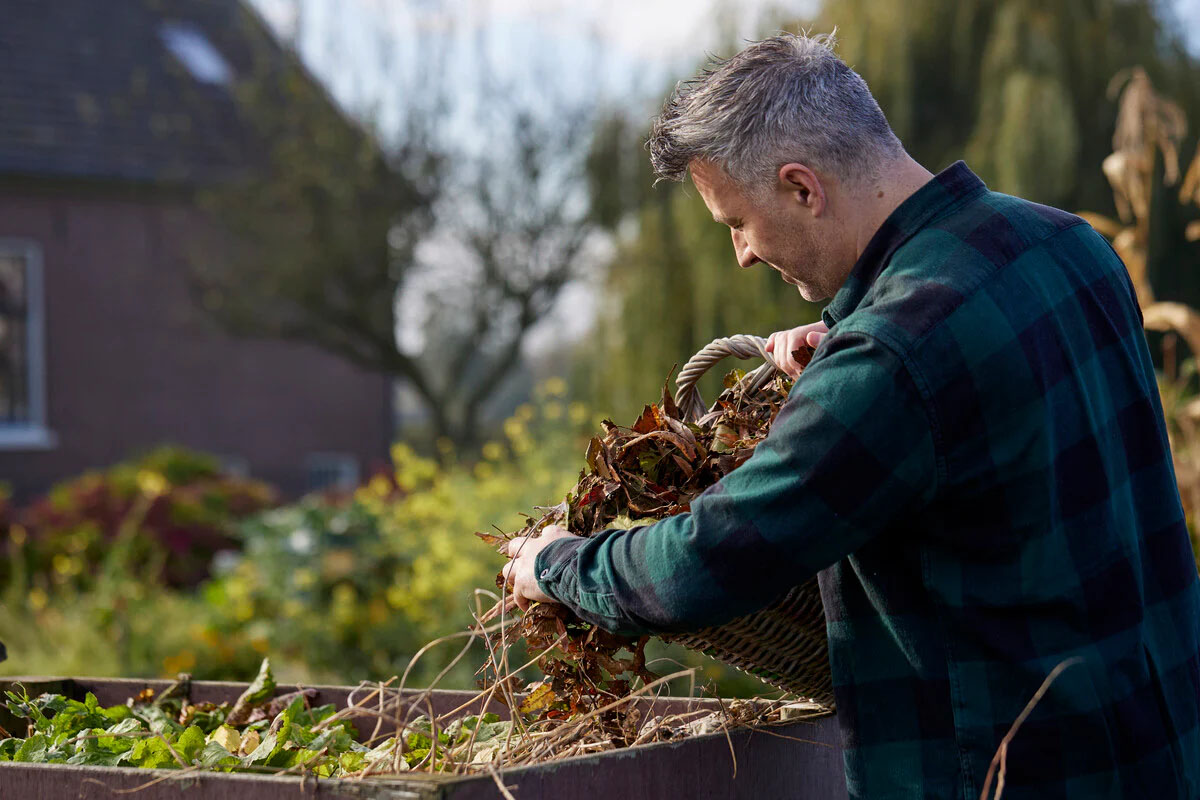


0 thoughts on “How To Stop A Compost Bin From Smelling”